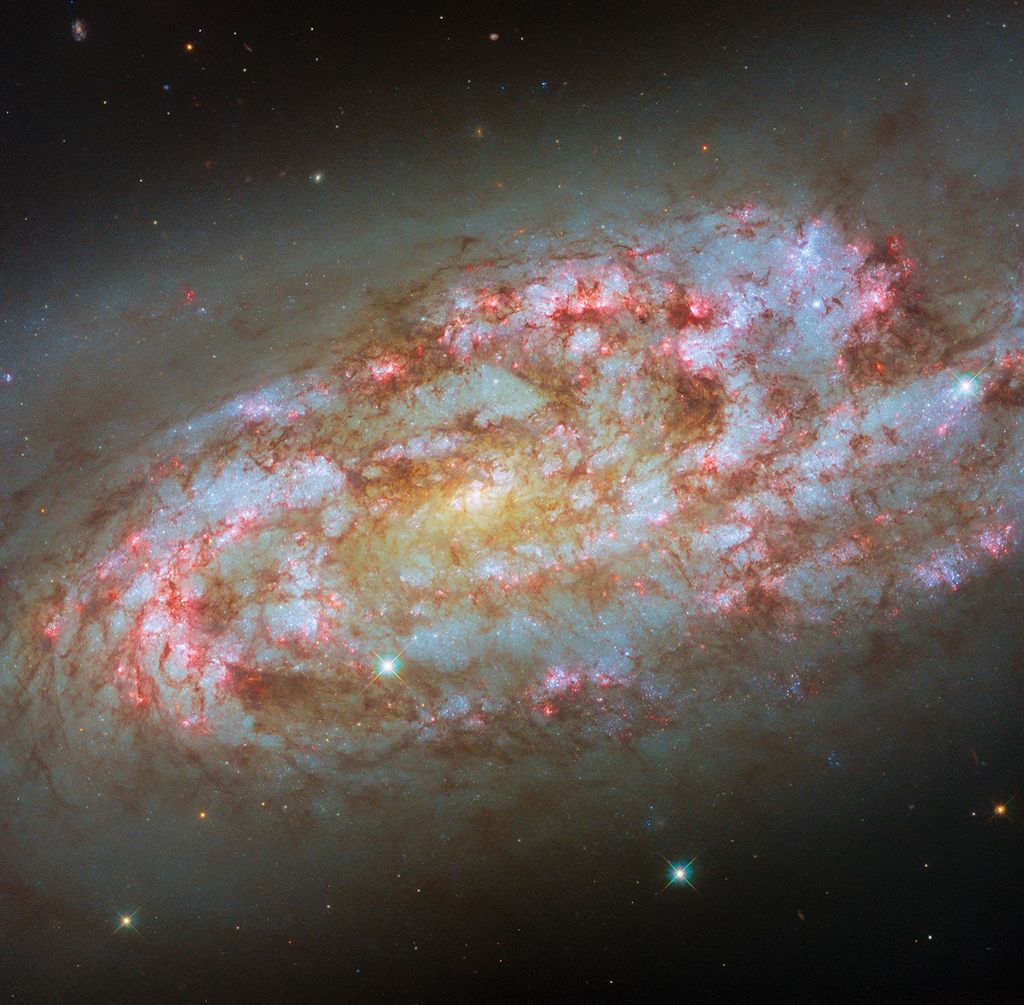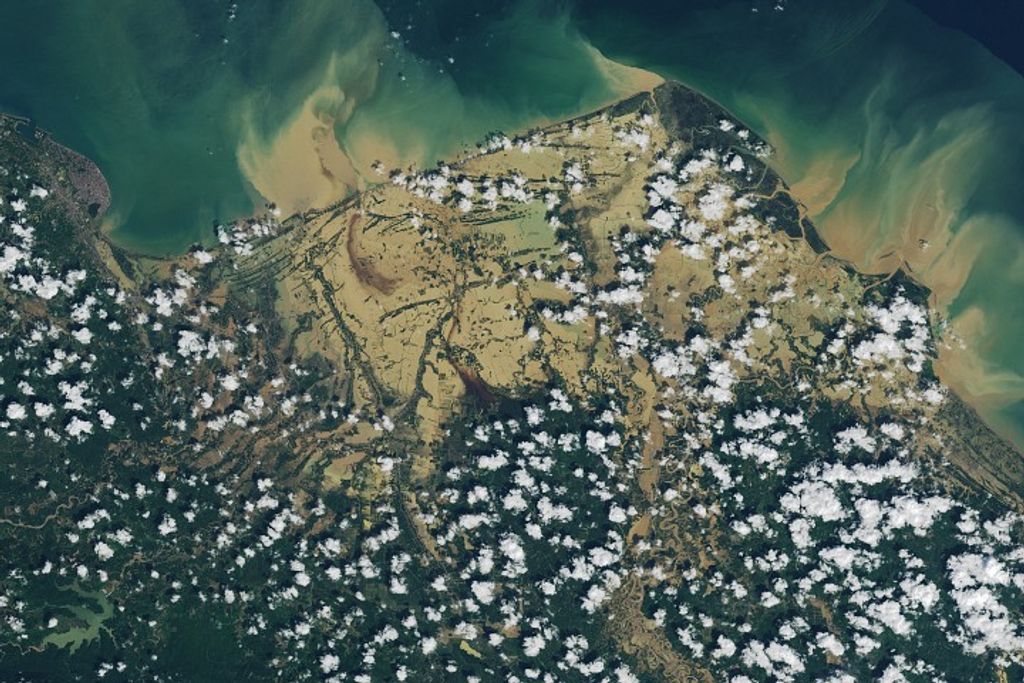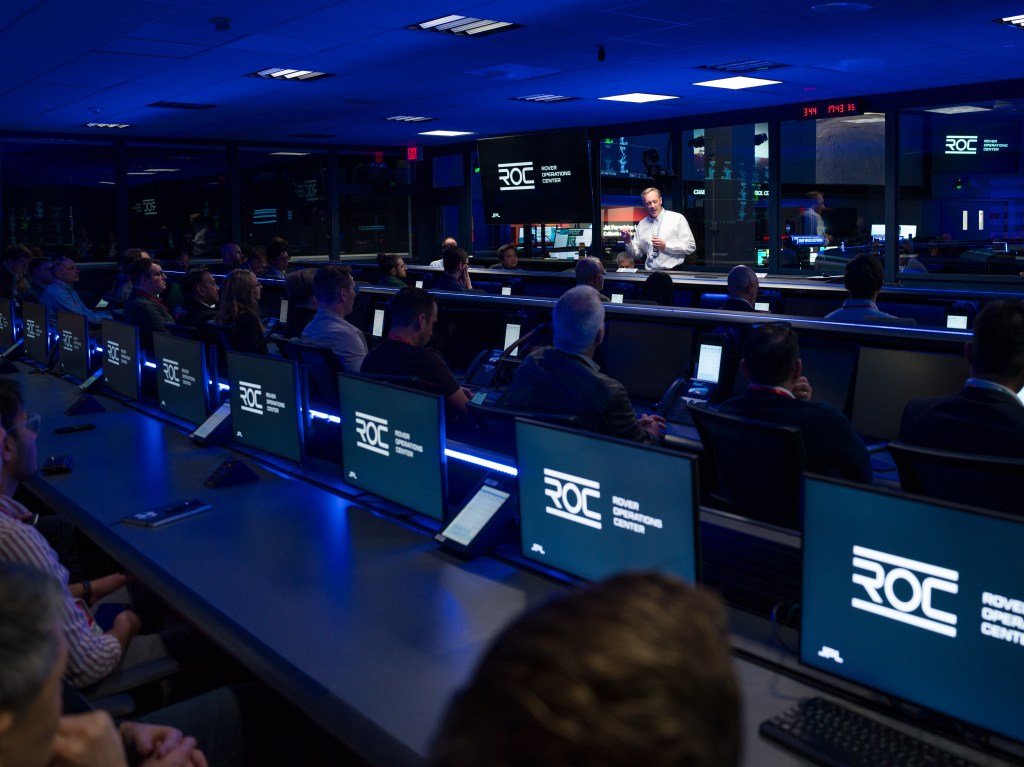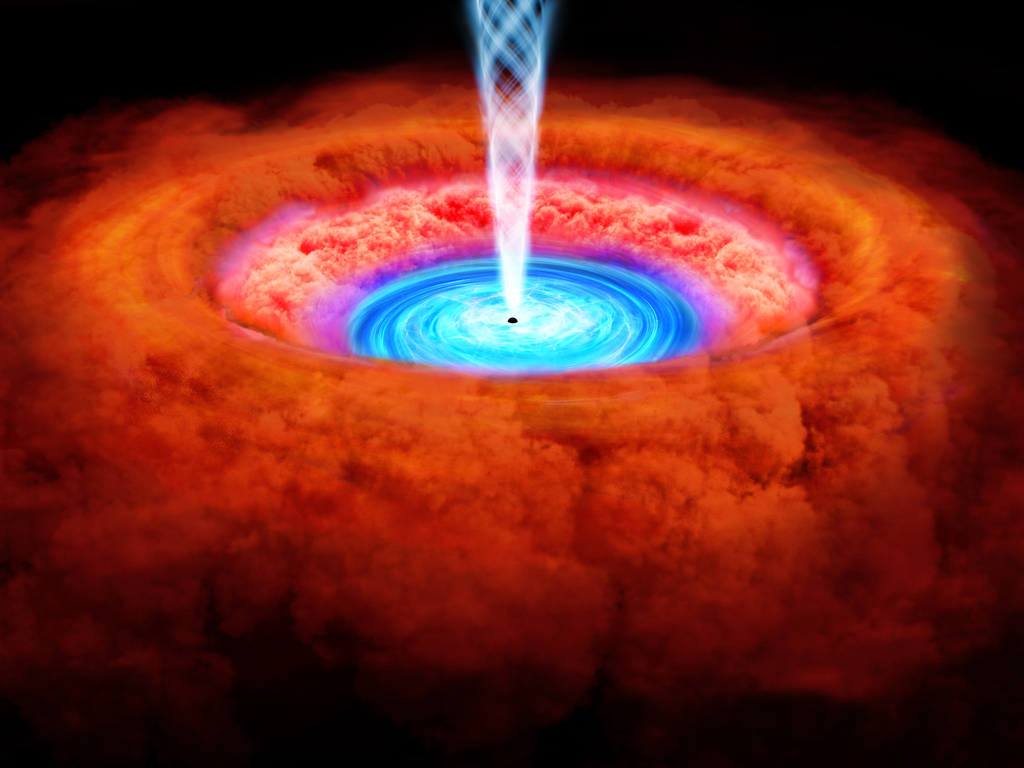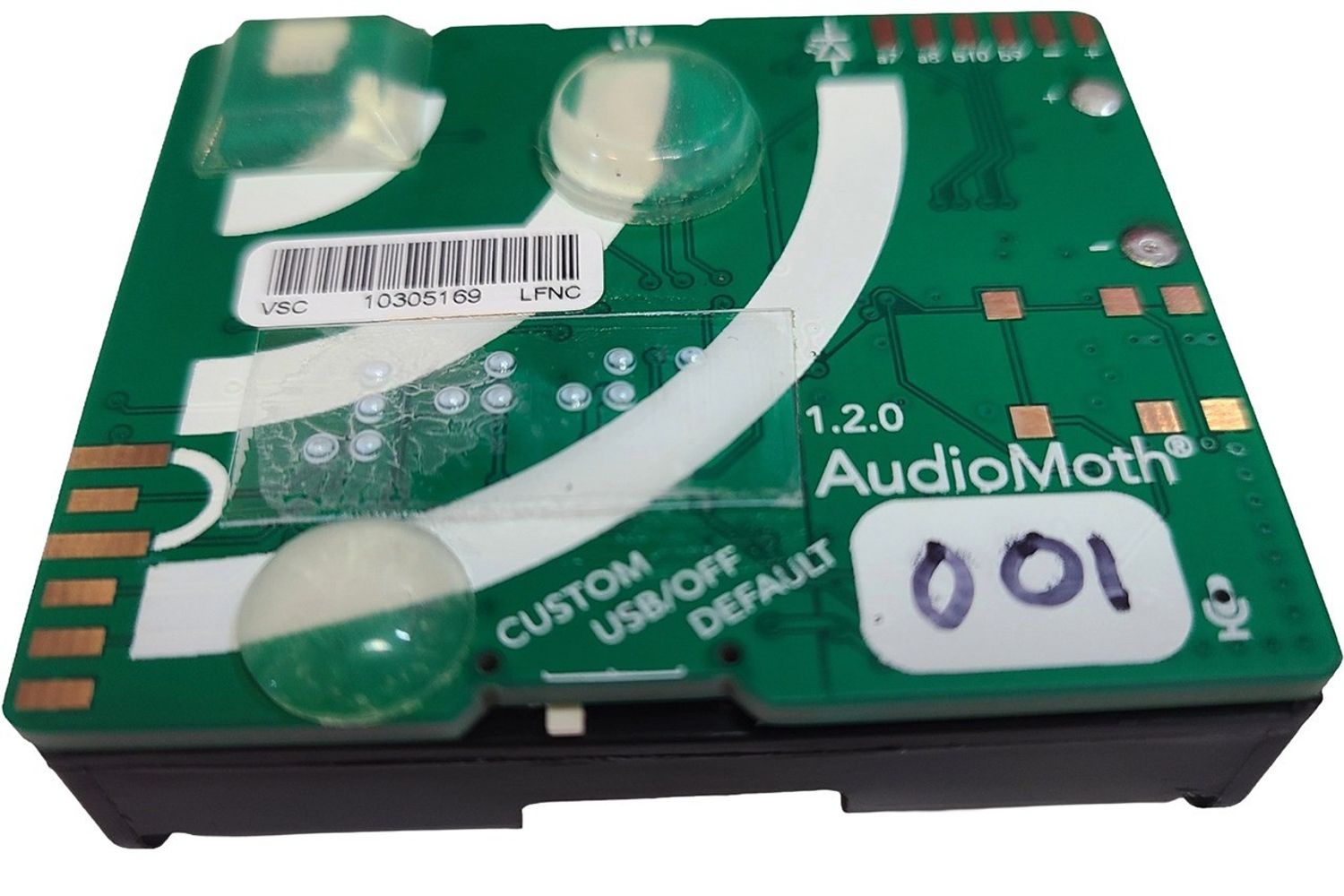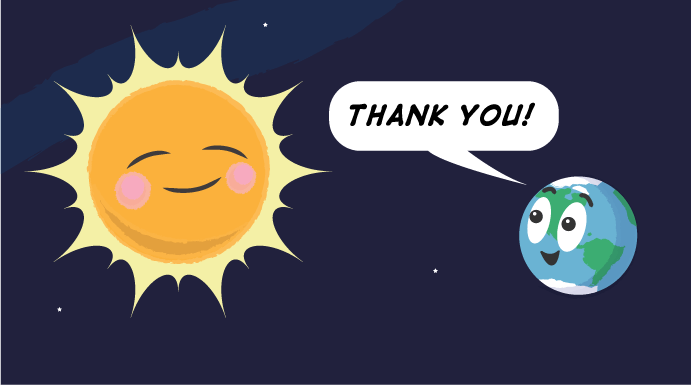NASA has selected 10 new citizen science proposals for funding in 2025. These selections provide a preview of what’s coming next for NASA citizen science. Note that these investigations are research grants: some of them will result in new opportunities for the public, while others will analyze or build on results from earlier citizen science projects.
Citizen Science Seed Funding Program (CSSFP)
The CSSFP aims to support scientists and other experts to develop citizen science projects and expand the pool of scientists who use citizen science techniques in their science investigations. Four divisions of NASA’s Science Mission Directorate are participating in the CSSFP: the Astrophysics Division, the Biological and Physical Sciences Division, the Heliophysics Division, and the Planetary Science Division. Seven new investigations were recently selected through this program:
Astrophysics Division
- Cosmic Cataclysms and Citizen Science: Rapidly Observing High-Energy Phenomena with a Global Telescope Network, PI: Thomas Esposito, SETI Institute. Follow up gamma-ray bursts (GRB), compact object mergers, supernovae, and cataclysmic variables using your backyard telescope.
- Spiral Graph: Cluster Buster - A Participatory Science Project to Improve the Identification of Spiral Arms from All-Sky Survey Galaxy Images, PI Patrick Treuthardt, North Carolina State Museum of Natural Sciences. Help measure the spiral arms of galaxies to reveal the masses of their central black holes!
Planetary Science Division
- Rubin Comet Catchers: Discovering the Comets of the Large Synoptic Survey Telescope (LSST) with Citizen Science, PI Colin Chandler, University of Washington. Join the hunt for comets by scanning images from the NSF-DOE Vera C. Rubin Observatory’s Legacy Survey of Space and Time (LSST).
- Search for Thunderstorms in Cassini Images of Jupiter and Saturn, PI Ulyana Dyudina, Space Science Institute, Help refine current estimates of the cooling effect of thunderstorms on Jupiter and Saturn!
- There are Billions! A Platform for Impact Crater Vetting Across the Solar System, PI Petr Pokorny, Catholic University of America, Help spot craters in images from NASA’s MESSENGER, LRO, and Dawn missions!
- SPHERExplorer: Identifying Newly Appearing Phenomena in the Near- and Mid-Infrared with Citizen Science, PI Steven Silverberg, Eureka Scientific, Inc, Identify new sources (e.g. new solar system objects, interstellar objects, supernovae) and identify changes in previously known sources (e.g. newly active asteroids) in images from NASA’s Spectro-Photometer for the History of the Universe, Epoch of Reionization and Ices Explorer (SPHEREx) mission!
Heliophysics Division
- DEMO-ML: DisEntangling Magnetosheath Observations for a Machine-Learning-Ready Dataset, PI Vicki Toy-Edens, Johns Hopkins University, The magnetosheath is the plasma region that lies between the Sun's powerful solar wind and Earth's magnetosphere. Help catalog magnetosheath regions with data from NASA’s Magnetospheric Multiscale Mission (MMS) to explore magnetic reconnection, turbulence, and energy transfer in the magnetosphere!
Heliophysics Citizen Science Investigations (HCSI)
The HCSI program supports medium-scale citizen science projects in the Heliophysics Division of NASA’s Science Mission Directorate. Two investigations were recently selected through this program:
- Ionospheric Model Validation and Development of an Open-Source High Frequency RayTracing Toolkit Leveraging HamSCI Citizen Science Data, PI Kornyanat Hozumi. The proposed work would integrate data from the Ham Radio Science Citizen Investigation (HamSCI) to validate ionospheric models and help scientists, radio operators, and citizen scientists better understand how HF radio waves interact with the ionosphere and can detect disruptions caused by Equatorial Plasma Bubbles (EPBs). Citizen Scientists will participate at all stages of the planned research, such as formulating questions and hypotheses that can be used with an open-source toolkit and participating in bi-weekly science meetings hosted by the science team.
- What's Driving the Northern Lights: Connecting Global and Local Currents with Auroral All-Sky Imaging, PI Vicki Toy-Edens, Johns Hopkins University. This work will help us understand how mesoscale auroral forms can impact the global auroral current system through a systematic study of the temporal and spatial distribution of different auroral forms. Citizen scientists will play the crucial role of creating an auroral morphology classification dataset from ground-based all sky imagers and combining it with global current measurements to answer the major science questions.
Future Investigators in NASA Earth and Space Science and Technology (FINESST)
The FINESST program supports graduate student-designed and performed research projects relevant to NASA’s Science Mission Directorate. One citizen science investigation was recently selected through this program.
- Leveraging Citizen Science Measurements to Efficiently Identify Galaxy Pairs, PI Jeyhan Kartaltepe and Graduate Student Sadie Coffin. Identify and analyze galaxy pairs in data from NASA's Keck Observatory Archive and NASA’s Hubble Space Telescope (HST) to study their properties as a function of age, distance, redshift, and separation.
Explore citizen science awards from previous years:
For more information on NASA’s citizen science programs, visit https://science.nasa.gov/citizenscience.




